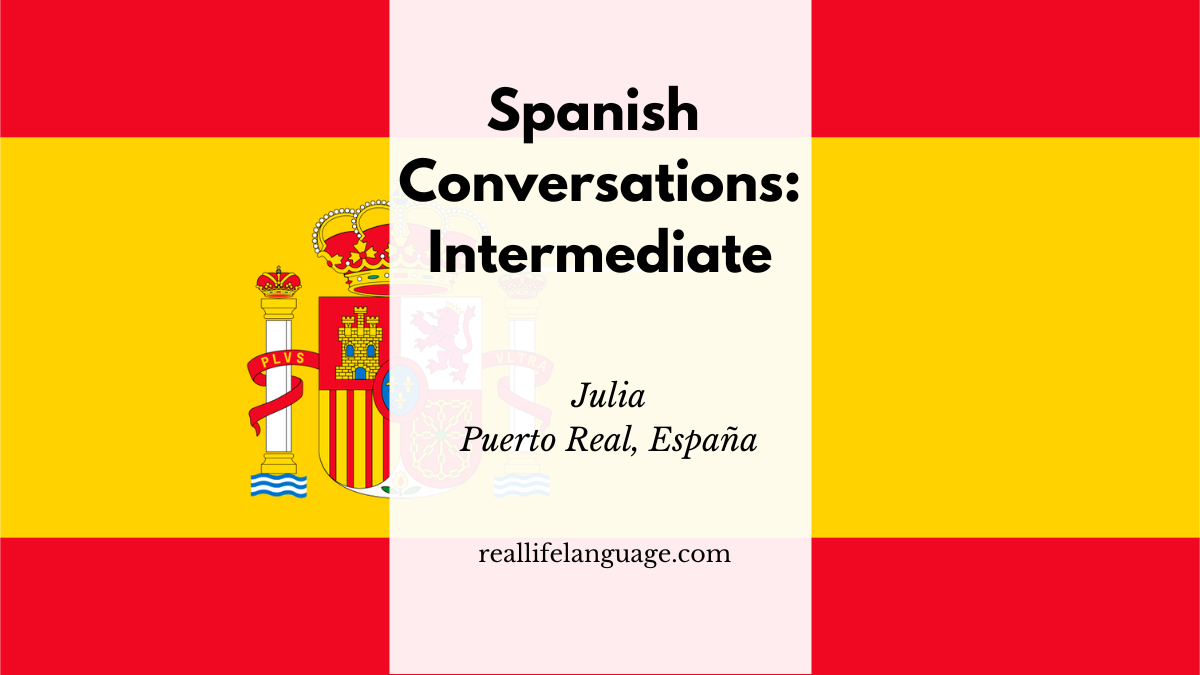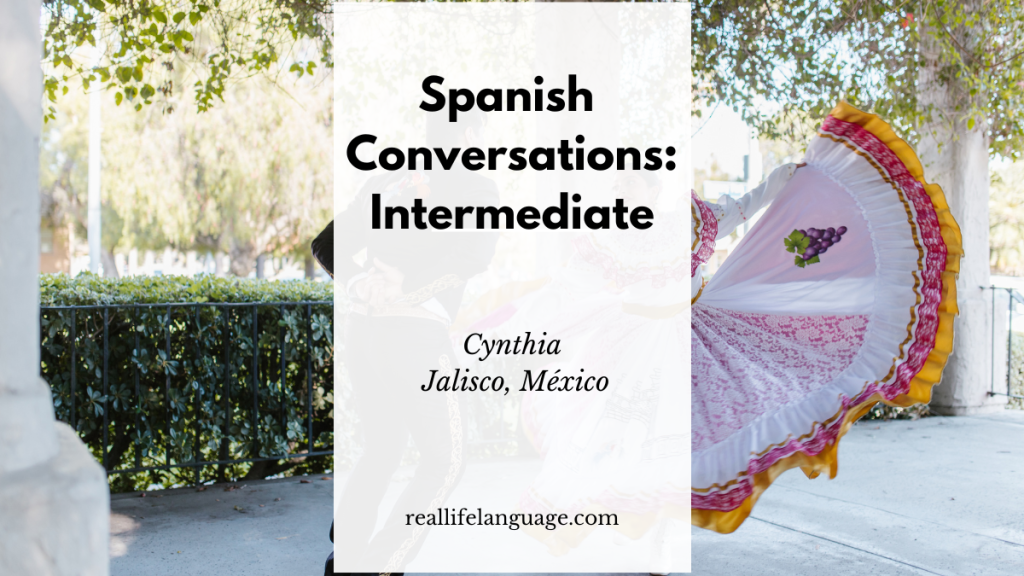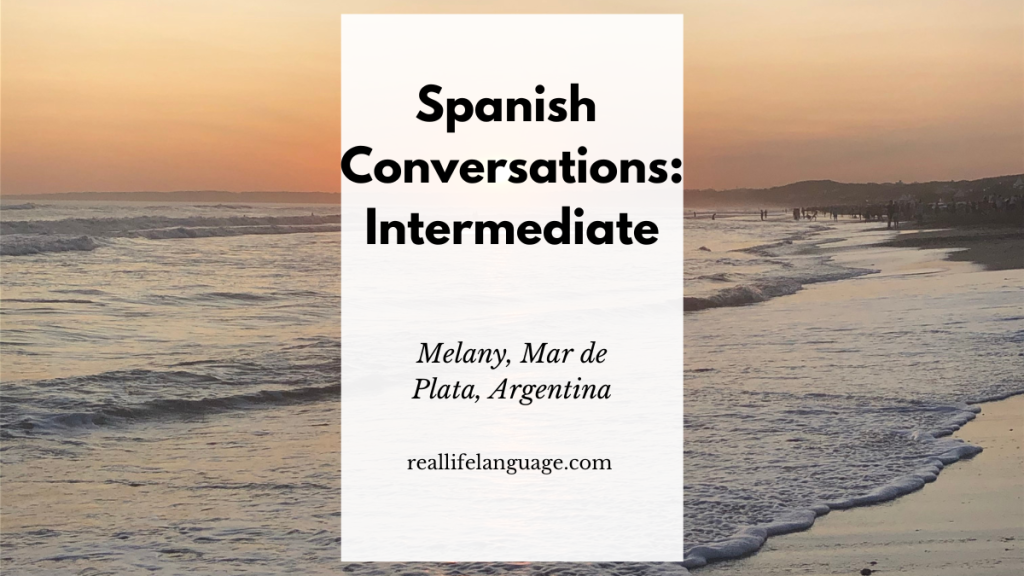
For learners who want to learn Spanish through authentic conversation, this piece presents the lived experience of Julia, a 23-year-old from Puerto Real in Andalusia. Her reflections on family life, festivals, culture, work prospects and daily habits give practical listening material and cultural context that help anyone trying to learn Spanish in a real-world way.
Outline
- Who Julia is: family and personality
- Holidays and festivals: Carnival, Holy Week, Feria
- Culture, art and literature
- Health, leisure and technology
- Employment and economic reality
- Practical tips to learn Spanish using this material
Who is Julia?
Julia grew up in a small apartment where she shared a room with her younger sister, seven years her junior. She remembers the day her sister was born as one of the most exciting days of her childhood—she had been asking for a sister. Today the relationship is close, though typical teenage tensions surface now and then. Personality-wise, Julia describes herself as altruistic, hard-working and impatient: when she wants something, she wants it now. She also admits to having a temper, a trait she playfully connects to a stereotype about Spaniards.
Holidays and Festivals: Live Spanish Culture
Julia’s descriptions offer vivid snapshots of three major Andalusian celebrations that are excellent cultural contexts for learners:
Carnival (Carnaval)
In February, Carnival comes alive in Cádiz and the Canary Islands. Street groups perform satirical songs that comment on events from the year—an excellent opportunity for learners to hear colloquial language, humour and regional references.
Holy Week (Semana Santa)
Holy Week in Andalusia is a public, deeply visual event: sculpted biblical scenes mounted on platforms are carried through the streets by groups of people, creating solemn processions that last for days. Learning vocabulary related to religion, procession, and clothing will help comprehension.
Feria
The fair (feria) is a joyful, social event typical of southern Spain—especially in Seville and Jerez—where people dress in traditional Andalusian costumes, dance flamenco and gather in a temporary fairground full of food, music and attractions.
“Whoever has a friend has a treasure.”
Julia uses this proverb to explain how she sees friendship: rare and invaluable. True friends are present when needed and their loyalty is prized.
Art, Literature and Cultural Landmarks
Julia connects Spanish art with several famous landmarks and movements: the Alhambra in Granada, the Mosque–Cathedral of Córdoba, the Sagrada Familia in Barcelona (architectural icon), prehistoric cave paintings in northern Spain, and Cubism associated with Picasso. In literature, she highlights Don Quixote by Miguel de Cervantes as the canonical text studied across schools, and mentions poets and playwrights such as Gustavo Adolfo Bécquer, Federico García Lorca and Antonio Machado. She also references modern authors like María Dueñas and contemporary popular writers.
Health, Leisure and Public Services
Healthcare: Julia values Spain’s public healthcare system because it provides access for everyone, though she acknowledges limitations compared with private care.
Leisure: Thanks to a generally mild climate (especially in the south), much leisure happens outdoors—walking is a common pastime. Cities often offer bike lanes to encourage cycling as a healthy, eco-friendly option.
Environment and health issues: Julia notes concerns about air quality in big cities and rising obesity rates, particularly among children, partly linked to increased screen time and decreased physical activity.
Technology and Social Life
Technology plays a large role in young people’s lives. Julia uses her mobile phone for teaching, communication with students’ parents and socialising, but she emphasizes the need for balance: excessive phone use can lead to addiction, depression and less face-to-face interaction.
Employment and Economic Context
Julia highlights regional differences: the north of Spain is generally wealthier, while her region in the south suffers from very high unemployment—especially among young people. She recalls the severe economic crisis beginning in 2008 that affected many families and continues to shape job prospects today. For young graduates, opportunities can be limited, prompting consideration of moving to bigger cities or abroad.
Practical Ways to Use This Conversation to Learn Spanish
Julia’s story is a great model for intermediate learners. Here are practical activities and vocabulary items to extract from her conversation to help anyone learn Spanish effectively.
Listening and Speaking Activities
- Shadowing: listen to short segments, then repeat aloud, mimicking rhythm and intonation.
- Role-play: recreate parts of the conversation—describe a family member, explain a festival, or talk about future plans.
- Summarise out loud: practice summarising each festival or cultural point in Spanish in one or two sentences.
Target Vocabulary and Phrases
- Semana Santa (Holy Week)
- Carnaval (Carnival)
- feria (fair)
- procesión (procession)
- amigo/a verdadero/a (true friend)
- sanidad pública (public healthcare)
- calidad del aire (air quality)
Study Tips
- To learn Spanish, collect short clips about festivals and practise vocabulary in context.
- Visit local cultural centres or watch Spanish news and culture segments to hear regional accents and slang.
- Read short excerpts from Don Quixote and modern Spanish novels with glossaries to connect literature to spoken language.
- Use authentic topics—family, festivals, work and health—to build conversational ability and relevant vocabulary.
Conclusion
Julia’s everyday experiences—family dynamics, regional festivals, concerns about health and employment—offer a natural, rich source of language practice. By focusing on real-life topics and combining listening, shadowing and targeted vocabulary work, learners can better understand not only grammar and words, but how culture shapes language. For anyone eager to learn Spanish, using conversations like Julia’s is a highly effective, practical approach that builds both fluency and cultural awareness.
100s of videos to learn Spanish:
https://real-life-language.kit.com/b1531a6404
Learn Spanish: Intermediate Conversation Practice with a Colombian Speaker

